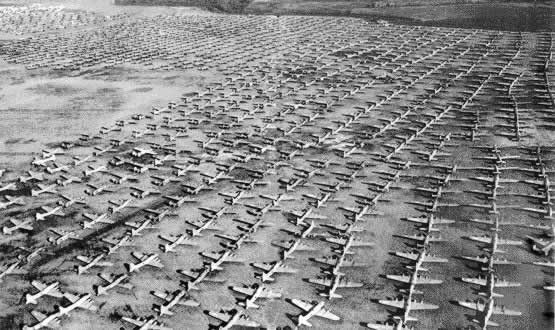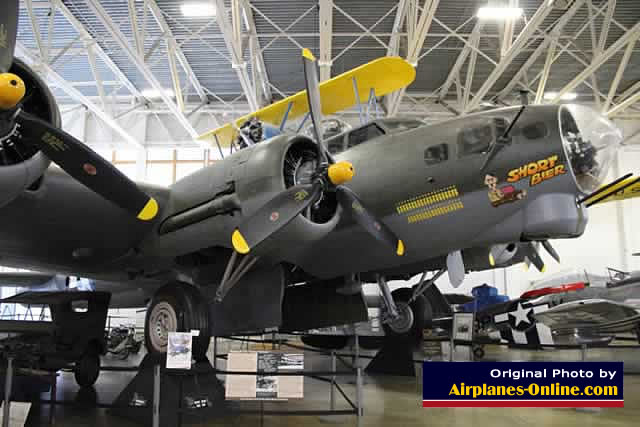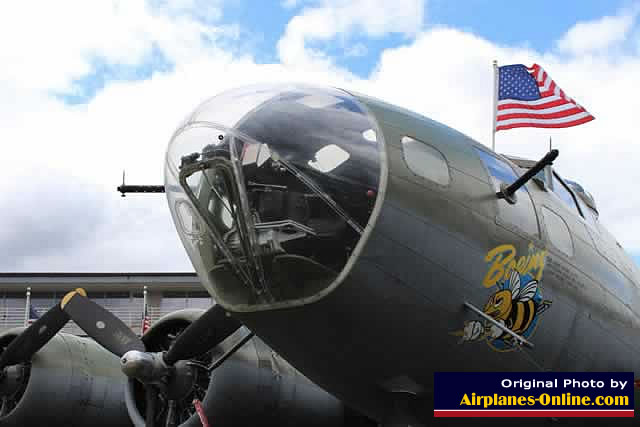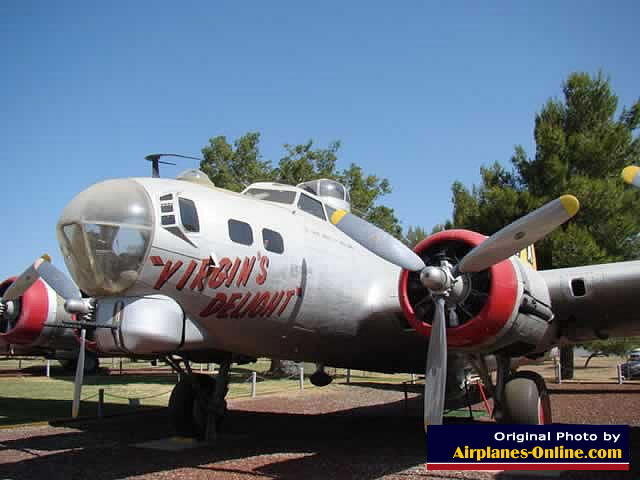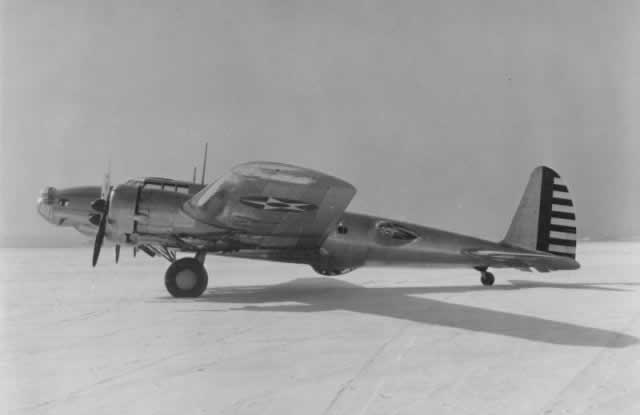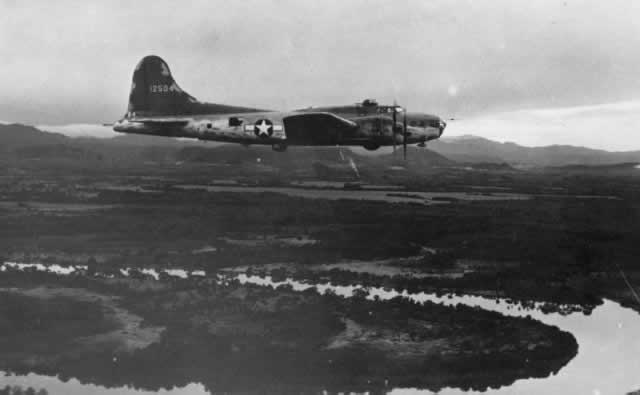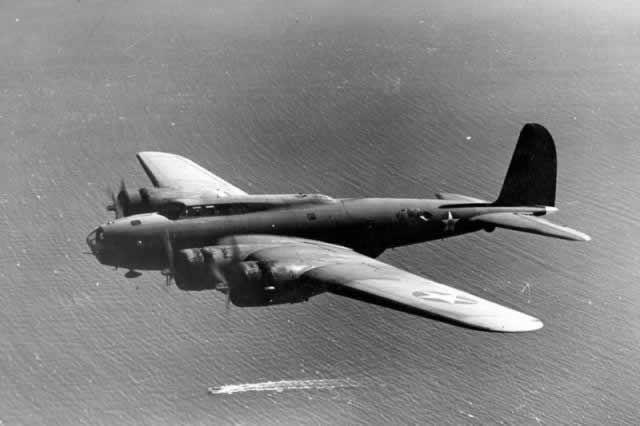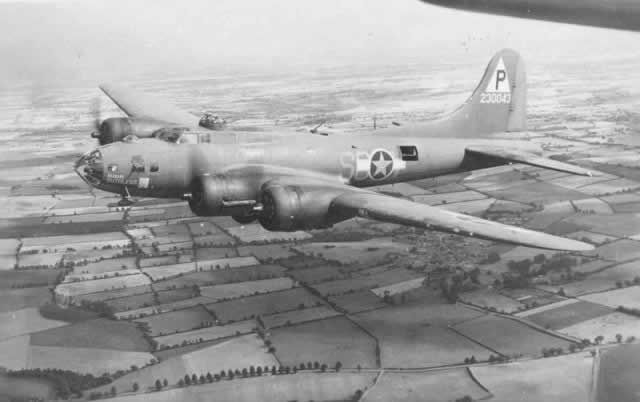Boeing B-17 Flying Fortress
The Boeing B-17 Flying Fortress 4-engine heavy bomber is one of the most famous, and successful, planes ever built. The B-17 received the name "Flying Fortress" from a Seattle news reporter who commented on its defensive firepower, and said "It's a Flying Fortress".
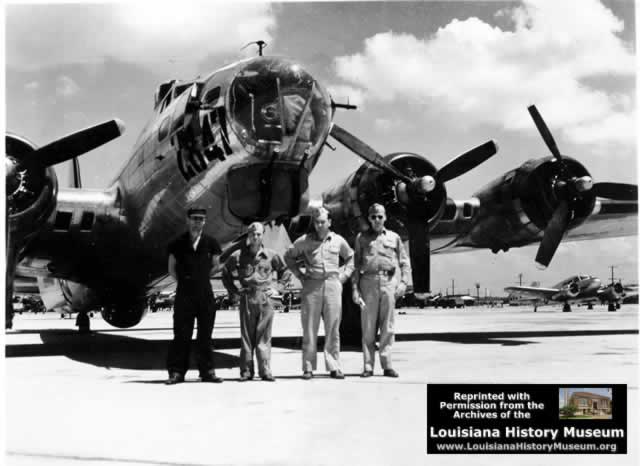 |
This section of Airplanes Online is meant to be a tribute to those who designed & built the B-17, the crews who flew her, and those who have worked tirelessly to preserve this famous World War II airplane and its history.
Design and Development of the Boeing B-17
The original intent for the B-17 was the protection of the U.S. mainland from invasion fleets. In 1934, the Boeing Aircraft Company of Seattle, Washington, began construction of a four-engine heavy bomber. Known as Boeing Model 299, it first took flight on July 28, 1935. The government ordered production of 13 of these aircraft, designated the Y1B-17. Delivery of these first production models was between January 11 and August 4, 1937.
When Pearl Harbor was bombed by the Japanese on December 7, 1941, few B-17s were in service. But production lines quickly ramped up, and production of B-17E, B-17F and B-17G models were produced at fast rates.
... about the B-17 design, development, models and specifications
B-17 Action in World War II
B-17s served in every World War II combat zone. The aircraft is best known for daylight strategic bombing of German industrial targets. The B-17 flew mostly out of England, equipping 26 of the 40 bombardment groups of the 8th Air Force.
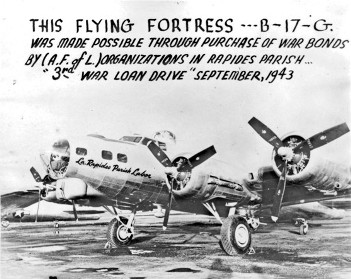 B-17G purchased with War Bonds |
Early models proved to be unsuitable for combat use over Europe and it was the B-17E that was first successfully used by the USAAF.
The defense expected from bombers operating in close formation alone did not prove effective and the bombers needed fighter escorts to operate successfully.
Because of their long-range capability, formations of B-17s often flew into battle with no fighter escort, relying on their own defensive capabilities to insure a successful mission.
Following the end of World War II, the B-17 was quickly phased out of use as a bomber and the Army Air Forces retired most of its fleet.
Flight crews ferried the bombers back across the Atlantic and Pacific to the United States where the majority were sold for scrap and melted down at disposal depots such as Kingman Army Air Field in Arizona (see photo to the right).
Specifications: B-17G (final production model)
Aerial view of military aircraft in storage in 1946Armament: 13 .50-cal. machine guns; normal bomb load of 6,000 lbs.
Engines: Four Wright Cyclone R-1820s of 1,200 hp each
Maximum speed: 300 mph
Cruising speed: 170 mph
Range: 1,850 miles
Ceiling: 35,000 ft.
Span: 103 ft. 10 in.
Length: 74 ft. 4 in.
Height: 19 ft. 1 in.
Weight: 55,000 lbs. loaded
B-17 Flying Fortress Production Recap by Model and Assembly Plant
Production ended in May 1945 and totaled 12,731. They were built by Boeing in Seattle (BO), Douglas Aircraft Co. (DL) in Long Beach, CA and Vega Aircraft Corp. (VE) in Burbank, CA.
... about B-17 Flying Fortress production by model, and by manufacturing plant.
Storage and Disposal of B-17 Flying Fortresses After World War II
Following the end of World War II, the B-17 was quickly phased out of use as a bomber and the Army Air Forces retired most of its fleet.
Flight crews ferried the bombers back across the Atlantic and Pacific to the United States where the majority were sold for scrap and melted down at disposal depots and desert boneyards such as Kingman Army Air Field in Arizona.
... about B-17 storage in desert boneyards and scrapping after World War II.
Surviving B-17 Flying Fortresses Listed by State
A total of 39 surviving B-17 airframes are located in the United States. Eight (8) B-17s are still airworthy today. An additional eighteen (18) B-17s are on static display around the United States, and thirteen (13) aircraft are undergoing restoration or are in storage.
Seven (7) more B-17s are located in the UK, France and Brazil.
Photos of B-17 Flying Fortress Bombers
Boeing B-17G Flying Fortress "Shoo Shoo Shoo Baby", S/N, 42-32076, at the National Museum of the United States Air Force, Wright-Pattersn AFB, Dayton, Ohio, awaiting transfer to the Udvar-Hazy Museum in Washington, D.C. View more photos of "Shoo Shoo Shoo Baby" |
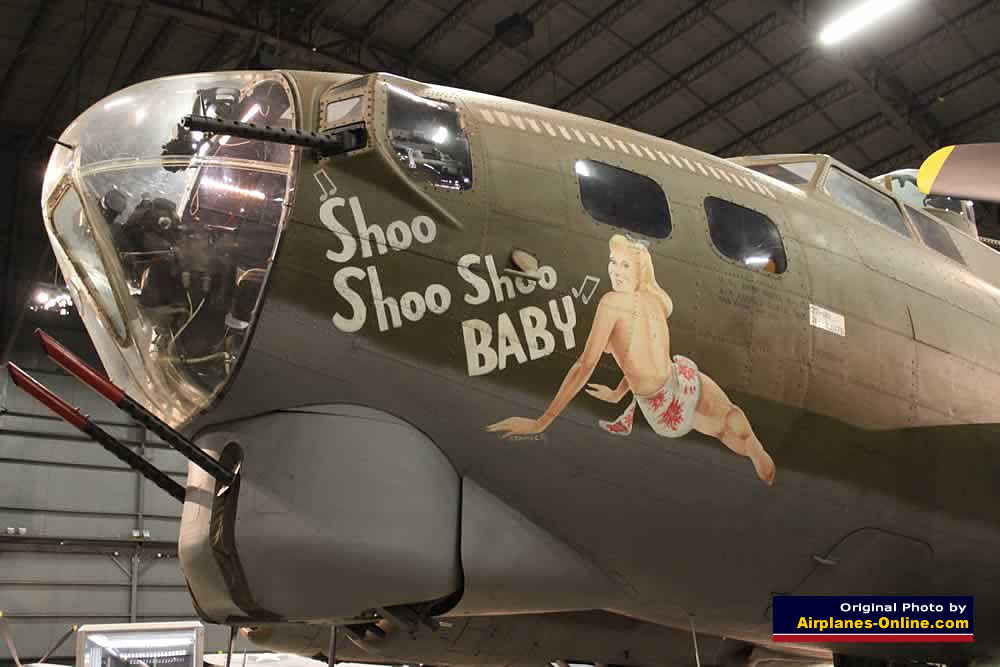 |
Boeing B-17G Flying Fortress "I'll Be Around" at the 390th Memorial Museum, Tucson more photos |
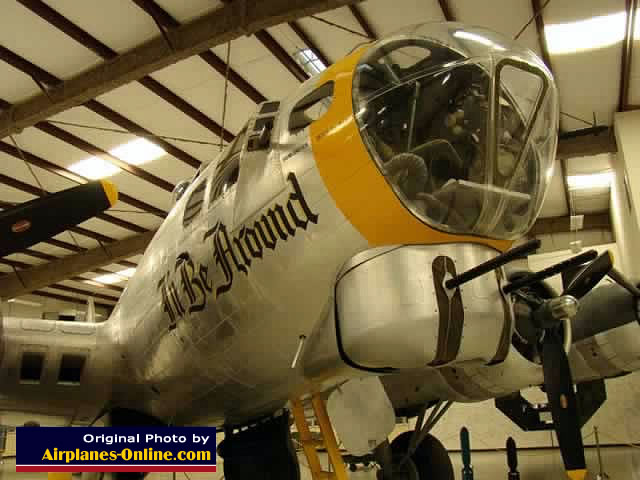 |
B-17G "Short Bier" - S/N 44-83663 - Hill Aerospace Museum in Ogden, Utah more photos |
|
B-17F "Boeing Bee" - S/N 42-29782 - the Museum of Flight in Seattle, WA more photos |
|
Boeing B-17G Flying Fortress "Miss Liberty" S/N 231340 at the Barksdale Global Power Museum more photos |
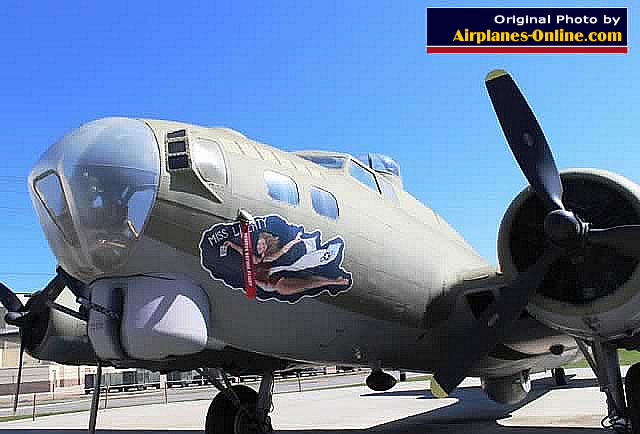 |
B-17G "Virgin's Delight" - S/N 43-38635 - Castle Air Museum, Atwater, CA |
|
Photos of B-17 Flying Fortress Nose Art During World War II
B-17 Flying Fortress "Sweet LaRhonda" nose art |
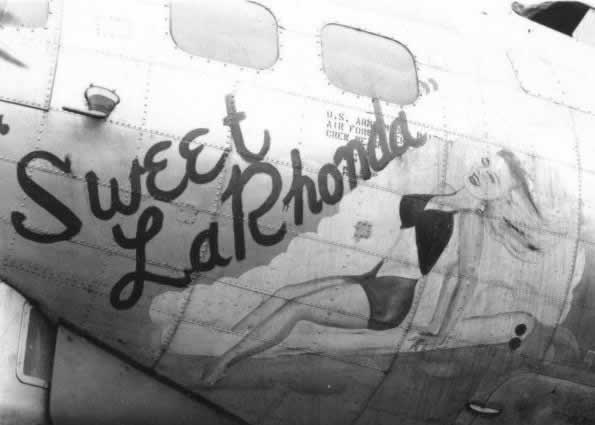 |
B-17 Flying Fortress "How Was It ... Well?" nose art |
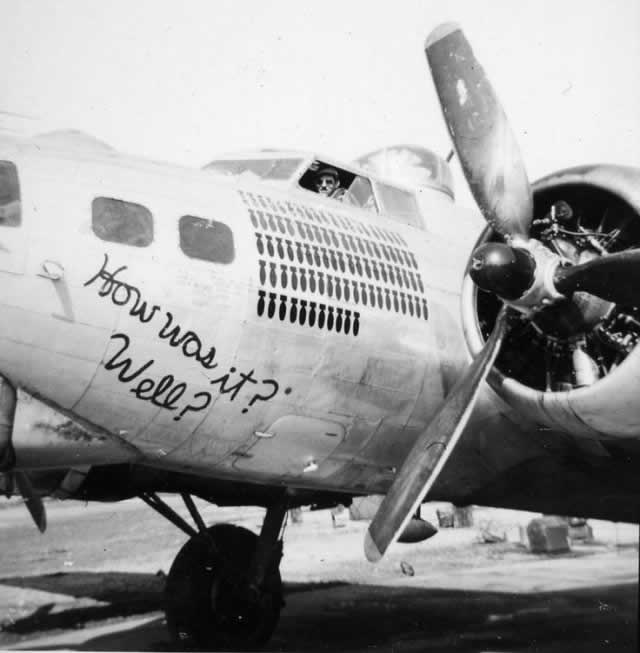 |
B-17 Flying Fortress "Bomber Dear" nose art |
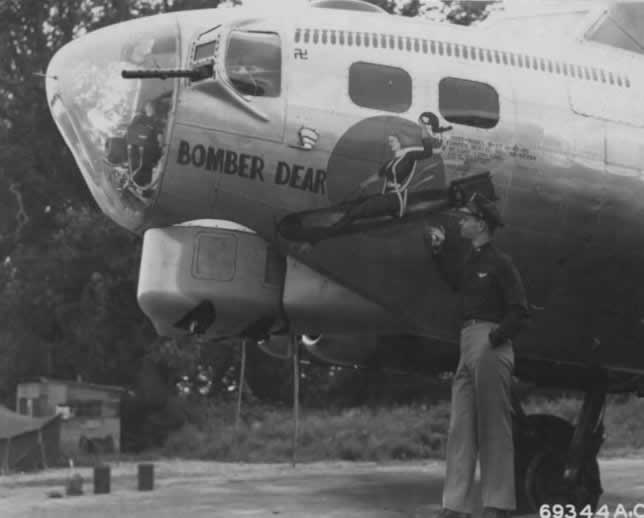 |
Photos of Modern-Day B-17 Flying Fortress Nose Art
Boeing B-17 Flying Fortress "Aluminum Overcast" nose art |
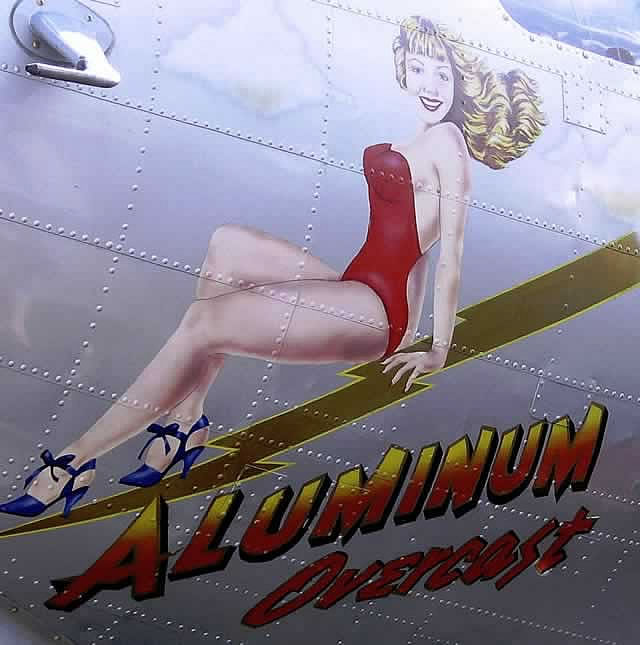 |
Nose art on Boeing B-17G Flying Fortress "Heavens Above" at Lackland AFB, San Antonio, Texas |
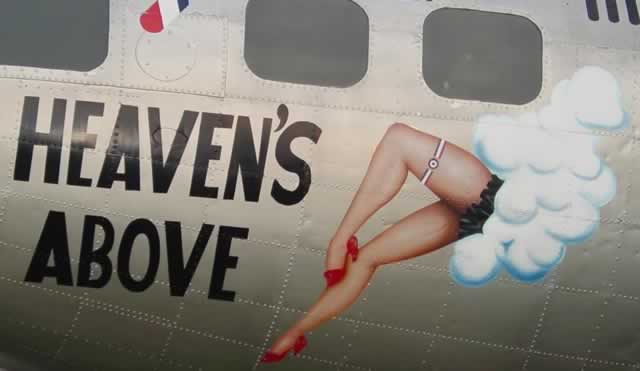 |
More B-17 Flying Fortress Photos
Y1B17-A ... the Boeing B-17 Prototype |
|
B-17 9203 |
|
B-17 flying over the Panama Canal |
|
B-17D over water |
|
B-17F S/N 42-30043 |
|
B-17 Photo by the Louisiana History Museum
B-17 Flying Fortress in World War II |
 |


